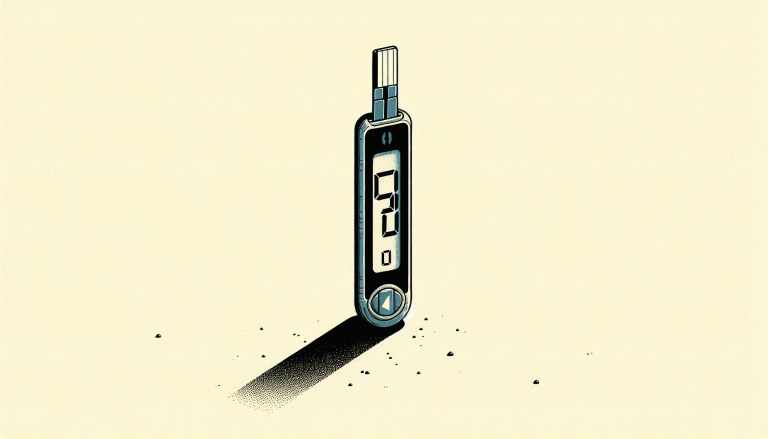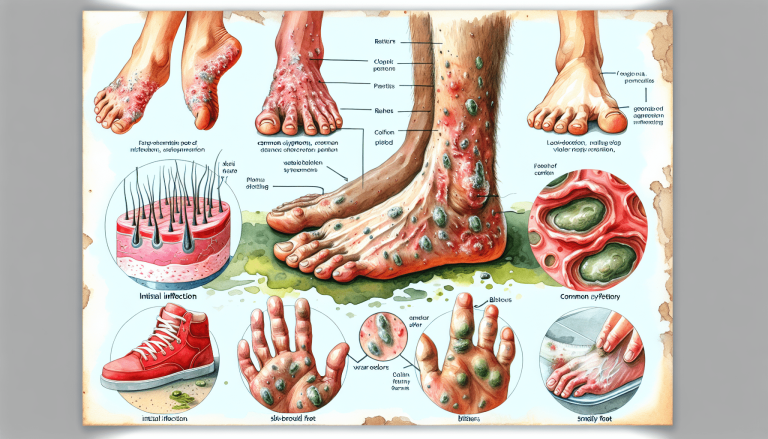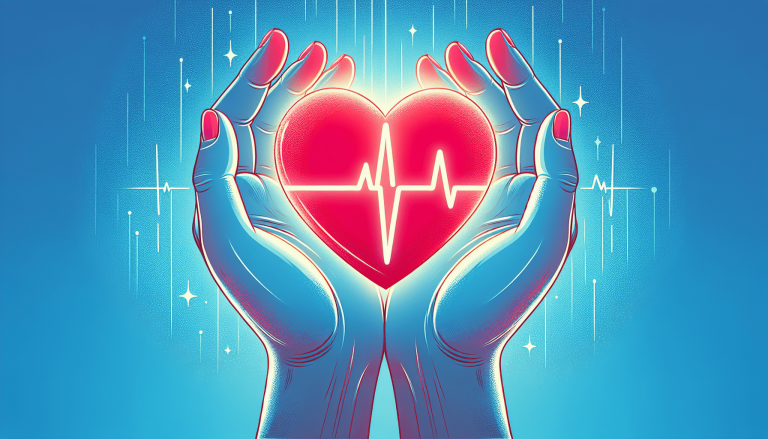What Are The 3 Most Common Symptoms Of Undiagnosed Diabetes?
You’re feeling more thirsty than usual, frequently rushing to the bathroom, and maybe even shedding a few pounds without trying. These can be subtle signs that something’s off. In “What Are The 3 Most Common Symptoms Of Undiagnosed Diabetes?” you’ll discover the top three symptoms that often go unnoticed but can have serious implications if left unchecked. Understanding these signs can be the first step in safeguarding your health and well-being. Have you ever wondered why some people seem to be constantly thirsty, hungry, or excessively tired? These could be signs of undiagnosed diabetes. Knowing the symptoms and understanding them can be crucial for early diagnosis and management. In this article, we’ll explore “What Are The 3 Most Common Symptoms of Undiagnosed Diabetes?”
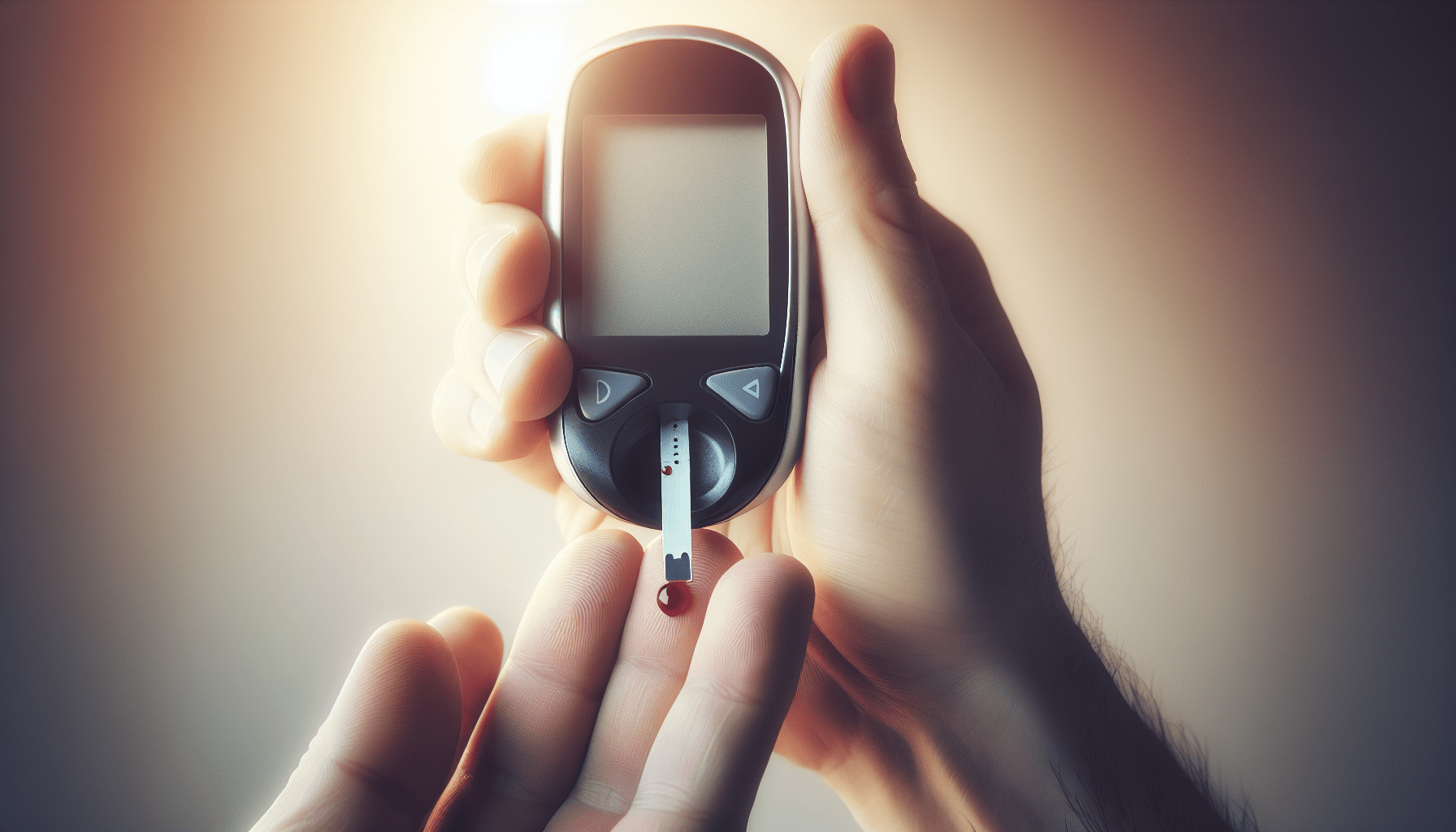
What Are The 3 Most Common Symptoms of Undiagnosed Diabetes?
Diabetes is often referred to as a silent killer because its symptoms can be so subtle that they go unnoticed for a long time. But there are signs that indicate something might be wrong with your blood sugar levels. Let’s dive into the three most common symptoms of undiagnosed diabetes.
1. Frequent Urination (Polyuria)
One of the most common symptoms of undiagnosed diabetes is frequent urination, also known as polyuria. If you find yourself needing to use the bathroom more than usual, especially during the night, it could be a sign.
Why Frequent Urination Occurs
Your body is trying to get rid of extra glucose (sugar) in your blood. Since your kidneys can’t reabsorb all the glucose, they produce more urine to expel it from the body.
When to Take Action
If you notice a significant increase in how often you urinate, it might be time to see a doctor for a blood glucose test.
2. Excessive Thirst (Polydipsia)
Closely linked to frequent urination, excessive thirst (polydipsia) is another common symptom of undiagnosed diabetes. You may find yourself drinking more water than usual and never feeling satisfied.
Why Excessive Thirst Occurs
Excessive thirst happens because your body is trying to replenish the lost fluids from frequent urination. It’s your body’s way of telling you that it needs more water.
When to Take Action
If you’re always thirsty and it’s not related to exercise, hot weather, or salty foods, it may be a good idea to consult a healthcare provider.
3. Extreme Fatigue
Feeling constantly tired is another frequent symptom. Many people with undiagnosed diabetes feel worn out and lethargic, even if they are getting enough sleep.
Why Extreme Fatigue Occurs
Your body isn’t able to use glucose for energy because either it isn’t producing enough insulin or insulin receptors aren’t functioning correctly. This leads to a lack of energy, making you feel exhausted.
When to Take Action
Extreme fatigue that doesn’t go away with rest is a strong indicator that you should get your blood sugar levels checked.
The Connection Between These Symptoms
These three symptoms—frequent urination, excessive thirst, and extreme fatigue—are interconnected. Your body is trying to manage increased blood sugar levels, and as each symptom manifests, it exacerbates the others.
| Symptom | Cause | Action Needed |
|---|---|---|
| Frequent Urination | Kidneys expelling excess glucose | Consult a doctor for a glucose test |
| Excessive Thirst | Body’s attempt to replenish lost fluids due to urination | Monitor your fluid intake & see a doctor |
| Extreme Fatigue | Inability to use glucose for energy | Seek medical advice immediately |
Additional Symptoms to Look Out For
While the focus here is on the three most common symptoms, there are other signs that warrant attention. We’ll touch on a few to give a more comprehensive understanding.
Unintended Weight Loss
Losing weight without trying can be alarming. When your body can’t get energy from glucose, it starts burning fat and muscle instead.
Blurred Vision
High blood sugar levels can cause your eye lenses to swell, leading to temporarily blurred vision.
Slow Healing Wounds
Increased blood sugar levels can impair circulation, which interferes with your body’s ability to heal wounds quickly.
Frequent Infections
Recurring infections, particularly yeast infections, are another red flag. High glucose levels create an environment conducive to bacterial and fungal growth.
Risk Factors for Developing Diabetes
Understanding the risk factors is essential for early detection. Let’s go over some conditions and lifestyle choices that may increase your chances of developing diabetes.
Genetic Factors
If you have a family history of diabetes, you are more likely to develop the condition.
Sedentary Lifestyle
Lack of physical activity can contribute to obesity, another significant risk factor.
Poor Diet
Diets high in refined sugars and low in fiber can elevate your risk.
Age and Ethnicity
Individuals over 45 and people of certain ethnic backgrounds (such as African American, Hispanic, Native American, and Asian) are at a higher risk.
Diagnosing Diabetes
If you suspect you have diabetes based on the symptoms and risk factors, the next step is to get a proper diagnosis.
Blood Tests
The most common diagnostic tool is a blood test, which measures your blood glucose levels. Types of blood tests include:
- Fasting Blood Sugar Test: Measures blood glucose after you haven’t eaten for at least 8 hours.
- A1C Test: Provides an average of your blood sugar levels over the past 2-3 months.
- Oral Glucose Tolerance Test (OGTT): Measures your blood glucose before and after you drink a sugary drink.
What to Expect from a Doctor’s Visit
During your visit, the doctor will review your medical history, evaluate your symptoms, and possibly perform a physical exam. Follow-up tests may be required to confirm the diagnosis.
| Test Type | Description | Purpose |
|---|---|---|
| Fasting Blood Sugar Test | Measures blood glucose after fasting | Initial screening |
| A1C Test | Average of blood sugar levels over 2-3 months | Comprehensive overview |
| OGTT | Blood glucose before/after a sugary drink | Assess body’s sugar-processing ability |
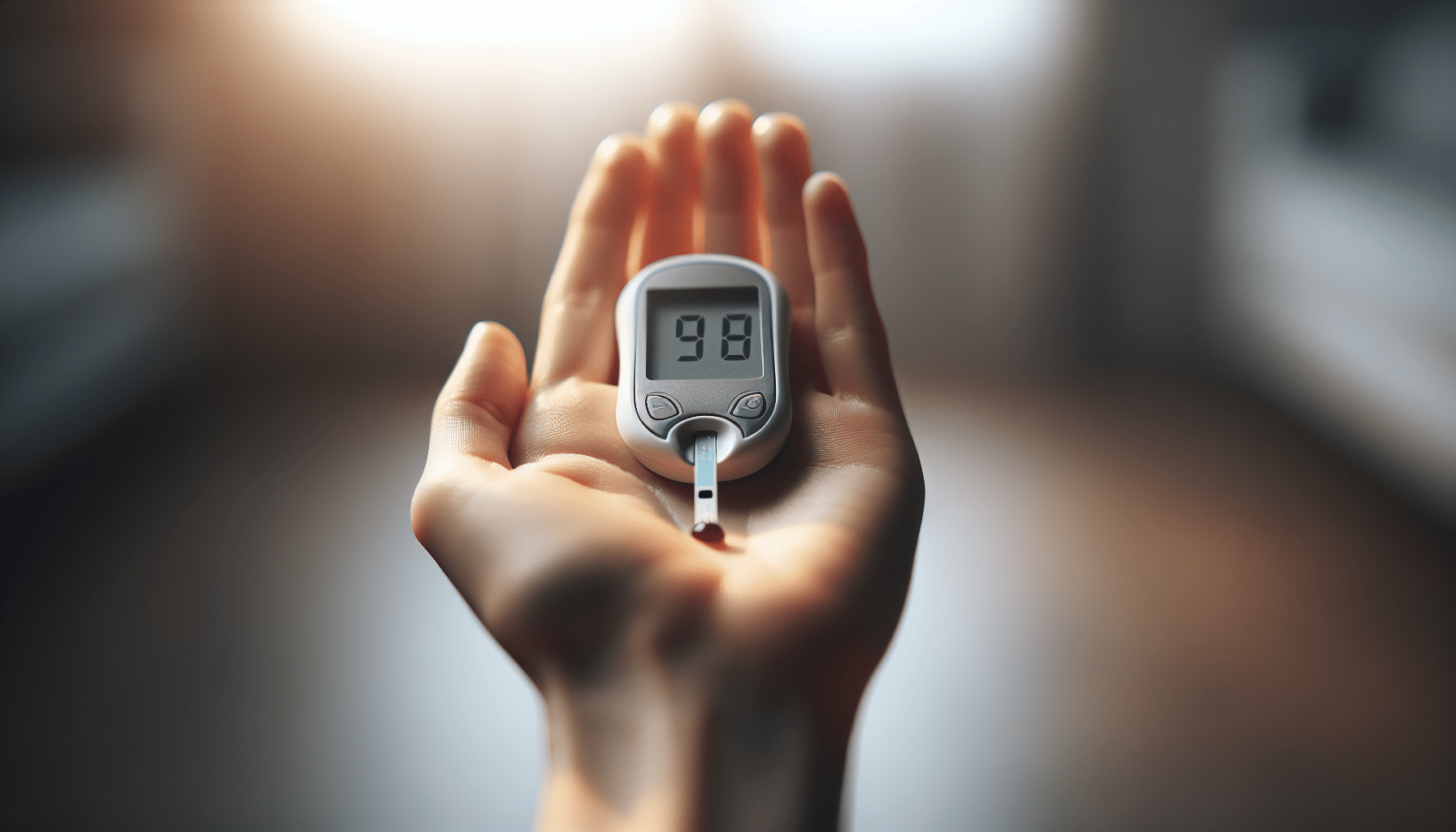
Management and Treatment for Diabetes
Once diagnosed, managing diabetes becomes a lifelong commitment. Let’s explore the main strategies for managing this condition effectively.
Medication
Depending on the type and severity of diabetes, your doctor may prescribe medication. This can range from oral medications to insulin injections.
Lifestyle Changes
Changes in diet and exercise are crucial for managing diabetes. Eating a balanced diet high in fiber and low in refined sugars can help stabilize blood sugar levels. Regular physical activity improves insulin sensitivity.
Monitoring Blood Sugar Levels
Frequent monitoring of your blood sugar levels is essential to understand how well you’re managing the condition.
Regular Medical Check-ups
Regular check-ups will help you and your healthcare provider track your diabetes management and make adjustments as needed.
| Management Aspect | Actions | Benefits |
|---|---|---|
| Medication | Taking prescribed drugs/insulin | Control blood sugar levels |
| Lifestyle Changes | Healthy diet, regular exercise | Improve overall health |
| Monitoring Blood Sugar | Regular glucose tests | Immediate understanding of condition |
| Regular Medical Check-ups | Continuous professional oversight | Adjustments in treatment plan |
Psychological Impact of Diabetes
Living with diabetes can also affect your mental health. It’s crucial to address these in conjunction with physical symptoms for holistic well-being.
Emotional Stress
Constantly thinking about your blood sugar levels, diet, and medication can be mentally exhausting. This stress can even affect blood sugar levels, creating a vicious cycle.
Depression and Anxiety
Feeling overwhelmed and anxious is common. If left unchecked, these can lead to depression. It’s important to seek psychological help when needed.
Coping Mechanisms
Counseling, diabetes support groups, and mindfulness practices like meditation can be beneficial.
Preventive Measures
While some risk factors like genetics and age are beyond your control, you can take steps to minimize your risk of developing diabetes.
Balanced Diet
Consume a diet rich in whole grains, lean proteins, and vegetables. Avoid sugary drinks and foods high in refined sugars.
Regular Exercise
Aim for at least 30 minutes of moderate exercise most days of the week to help maintain a healthy weight and improve insulin sensitivity.
Regular Screenings
If you are at high risk, regular blood glucose screenings can help in early detection and management.
Conclusion
Understanding the symptoms of undiagnosed diabetes can be life-changing. Frequent urination, excessive thirst, and extreme fatigue are the most common symptoms you should be aware of. Knowing how these symptoms manifest and interact can prompt you to seek medical advice early on, improving your chances for effective management.
Managing diabetes involves a combination of medication, lifestyle changes, and regular monitoring. While the diagnosis may seem daunting, early intervention and proper management can vastly improve your quality of life.
So, if you or a loved one experience any of these symptoms, don’t hesitate to consult a healthcare provider. Early detection is the key to a healthier life. Take charge today for a better tomorrow!
Additional Resources

People are reversing their type 2 diabetes by adding this to their coffee…
It might seem strange but… When you take this one ingredient with your morning coffee, you’ve just got yourself the quickest and easiest way to reverse high blood sugar.
It’s not cream or other common sweeteners, and it’s not anything that will affect the taste… But it’s clinically shown to trigger a diabetes-reversing “domino effect” mechanism that slashes your blood sugar in the first 48 hours.


